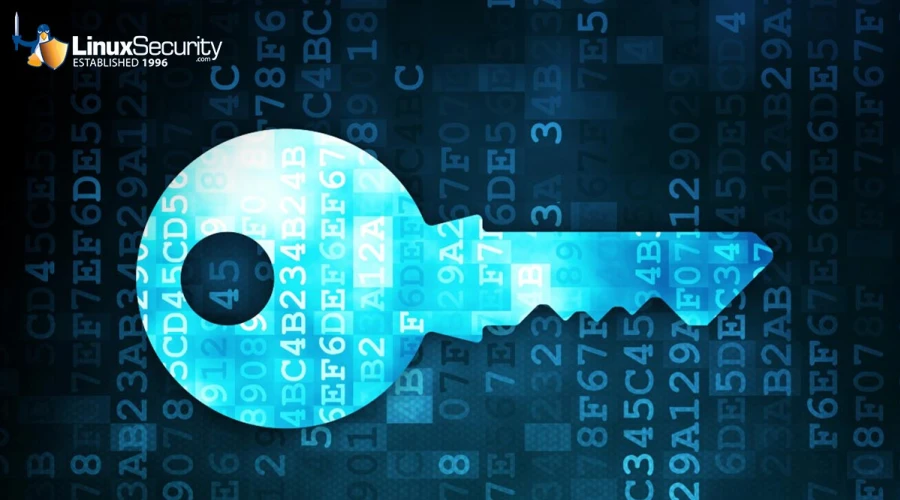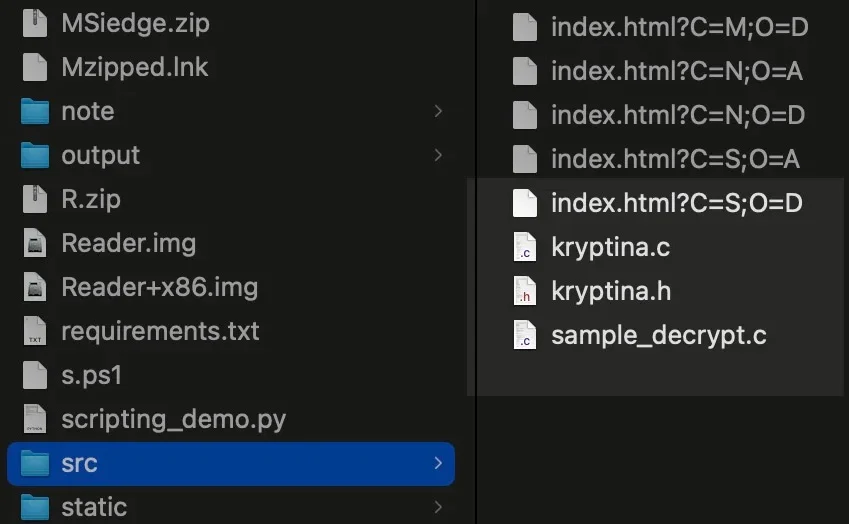Emerging Mallox Ransomware Variant Targets Linux Using Kryptina Code

A new variant of the Mallox ransomware, which traditionally targeted Windows systems, has been observed targeting Linux environments. This ransomware strain is based on the leaked source code of the Kryptina ransomware.
To help you better understand this emerging threat and take proactive measures to secure your Linux systems against it, I'll explore its operational tactics and the role of leaked Kryptina source code in its development. I'll then provide practical mitigation strategies you can implement to safeguard your systems and your data. Can you imagine suffering an attack and losing access to your critical systems and sensitive information? Ransomware prevention is far better than remediation! Let's look at how to stay ahead of attackers and prepare for this new and concerning threat.
Understanding The Threat Landscape
Mallox ransomware, also known as TargetCompany, has evolved significantly over time. Traditionally, it targeted Windows operating systems, causing considerable disruptions. However, recent findings by SentinelLabs have revealed that an affiliate of the Mallox ransomware operation is now targeting Linux systems using a slightly modified version of the Kryptina ransomware.
This shift to Linux indicates a broadened attack surface for the ransomware, which now includes Linux and VMware ESXi systems. This evolution in targeting marks a significant progression for the Mallox operation, widening the potential victim base and posing a new set of challenges for sysadmins and cybersecurity professionals running Linux systems.
How Does Mallox Ransomware Operate?
The core mechanics of the new Mallox Linux variant are built on the foundation of the Kryptina ransomware's source code. Launched initially as a low-cost ransomware-as-a-service (RaaS) platform for Linux systems in late 2023, Kryptina failed to gain substantial traction within the cybercrime community. However, its purported administrator, "Corlys," leaked its source code on hacking forums in February 2024. This leak allowed random ransomware actors to use a functional Linux variant maliciously.
Encryption Mechanism and Deployment
 Kryptina Source Code on Exposed Server (source: SentinelLabs)The new Mallox variant, "Mallox Linux 1.0," employs the same AES-256-CBC encryption mechanism used by Kryptina and identical decryption routines. It uses a command-line builder and configuration parameters and retains the core functionality found in Kryptina. The most notable modification made by the Mallox affiliate was rebranding. They changed the name and appearance, removed references to Kryptina, and transplanted the existing documentation into a simplified form.
Kryptina Source Code on Exposed Server (source: SentinelLabs)The new Mallox variant, "Mallox Linux 1.0," employs the same AES-256-CBC encryption mechanism used by Kryptina and identical decryption routines. It uses a command-line builder and configuration parameters and retains the core functionality found in Kryptina. The most notable modification made by the Mallox affiliate was rebranding. They changed the name and appearance, removed references to Kryptina, and transplanted the existing documentation into a simplified form.
Operational Tactics
In addition to the ransomware, SentinelLabs discovered various tools on the threat actors' servers that complement their operational tactics. These include:
- A legitimate Kaspersky password reset tool (KLAPR.BAT)
- An exploit for CVE-2024-21338, a privilege escalation flaw on Windows 10 and 11
- Privilege escalation PowerShell scripts
- Java-based Mallox payload droppers
- Disk image files containing Mallox payloads
- Data folders for 14 potential victims
These tools suggest that the threat actors can escalate privileges on compromised systems, deploy ransomware payloads effectively, and target multiple victims.
Examining the Role of Leaked Kryptina Source Code in Mallox Ransomware Attacks
The leaked Kryptina source code was crucial in developing the Mallox Linux variant. By leveraging this code, the Mallox affiliate was able to rapidly rebrand and repurpose an existing ransomware framework to target Linux systems, significantly reducing development time and costs. The emergence of Mallox ransomware underscores the broader issue of leaked malware source code, which facilitates the rapid proliferation of new variants and empowers even less sophisticated threat actors to launch damaging attacks.
Mitigation Strategies for Linux Admins
 For system administrators looking to secure their environments against Mallox ransomware and similar threats, we recommend the following mitigation strategies:
For system administrators looking to secure their environments against Mallox ransomware and similar threats, we recommend the following mitigation strategies:
- Regular Backups: Implement regular backups of all critical data. Use a combination of on-site and off-site backups to mitigate the risk of data loss. Regularly test your backups to ensure they can be restored successfully.
- Patch Management: Immediately apply patches and updates to all systems and software, especially those related to known vulnerabilities. Employ automated patch management tools to streamline this process.
- Network Segmentation: Divide your network into segments to isolate critical systems and limit the spread of ransomware. Use VLANs and access control lists (ACLs) to enforce network segmentation.
- User Training: Educate users about the risks of ransomware and phishing attacks. Conduct regular training sessions to ensure employees recognize and report suspicious emails and links.
- Access Controls: Follow the least privilege principle by restricting user permissions to only what is necessary for their role. Implement multi-factor authentication (MFA) to add an extra layer of security.
- Intrusion Detection and Prevention: Use intrusion detection and prevention systems to monitor network traffic for malicious activity. Configure these systems to alert and block detected threats.
- Incident Response Plan: Develop and regularly update an incident response plan. Ensure all team members understand their roles and responsibilities during ransomware attacks.
- Endpoint Security: Deploy comprehensive endpoint security solutions that include antivirus, anti-malware, and behavioral analysis technologies to detect and prevent ransomware.
Our Final Thoughts on Combating Mallox Ransomware
The emergence of the new Mallox ransomware Linux variant is yet another prime example of the continuous evolution of the ransomware threat landscape. By leveraging leaked Kryptina source code, threat actors have adapted their tactics to target Linux systems, expanding their potential victim base. System administrators must implement robust mitigation strategies to protect their Linux environments against this growing threat. Regular backups, patch management, network segmentation, user training, access controls, intrusion detection, incident response planning, and endpoint security are crucial components of a comprehensive defense-in-depth strategy. By staying vigilant and proactive, admins and organizations can better secure their systems and minimize the risk of a Mallox ransomware attack.


















